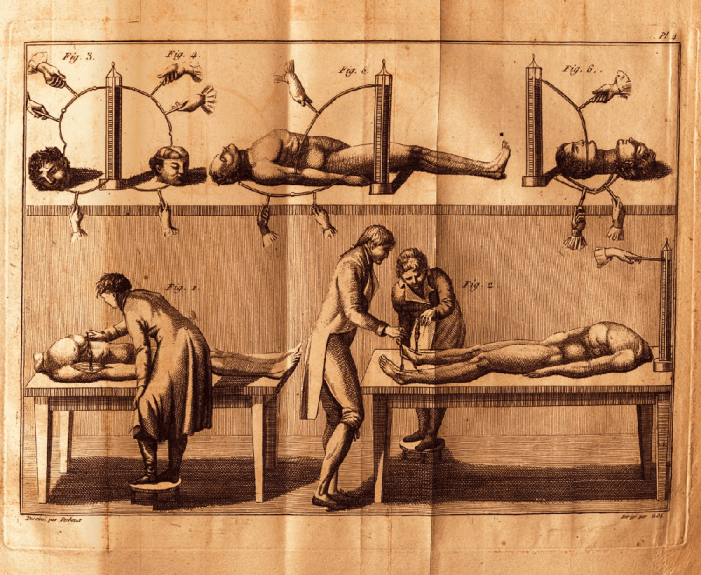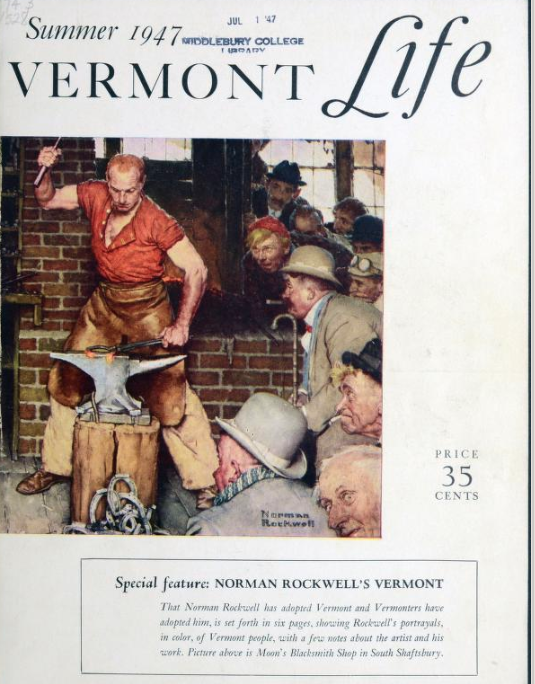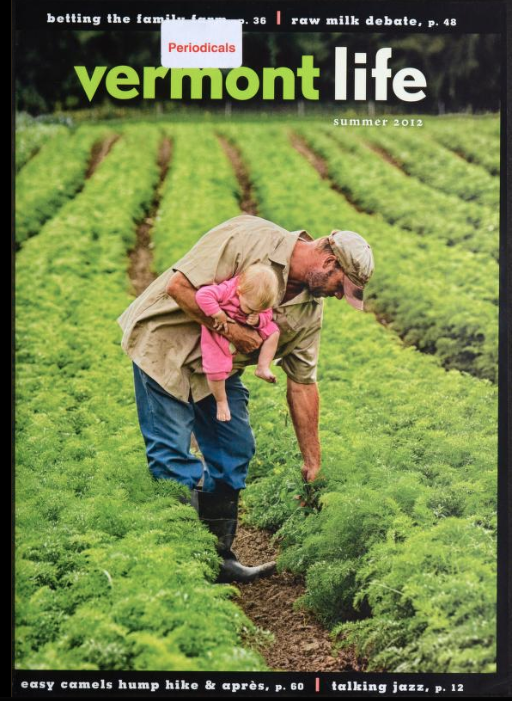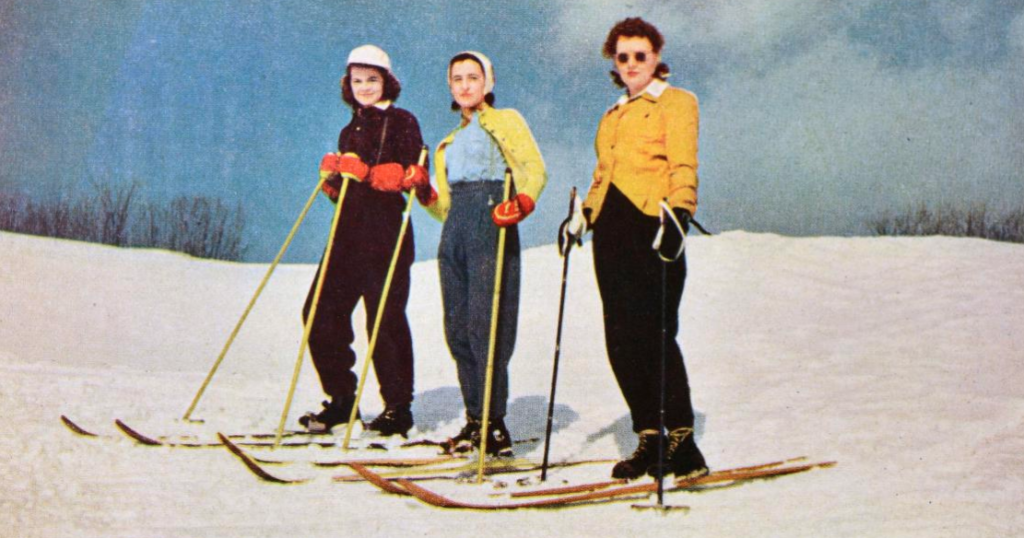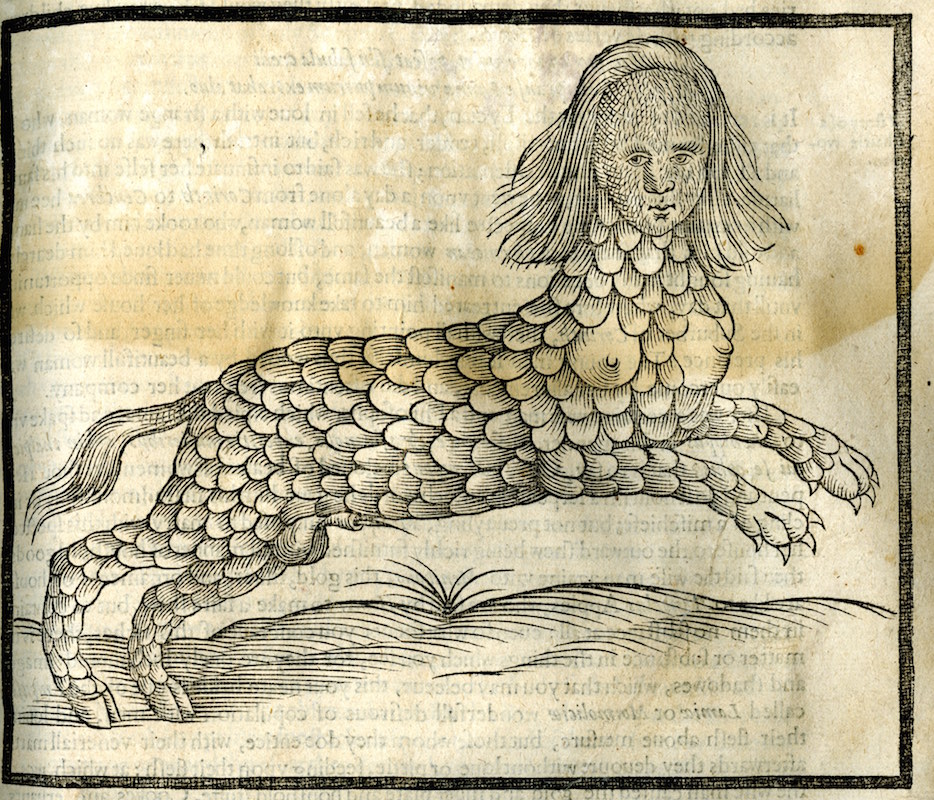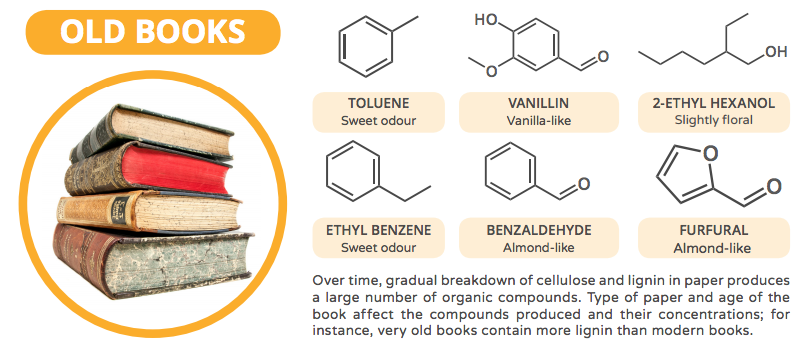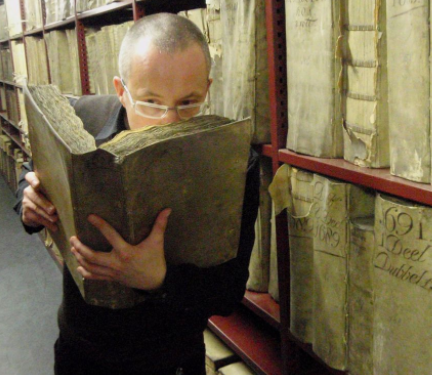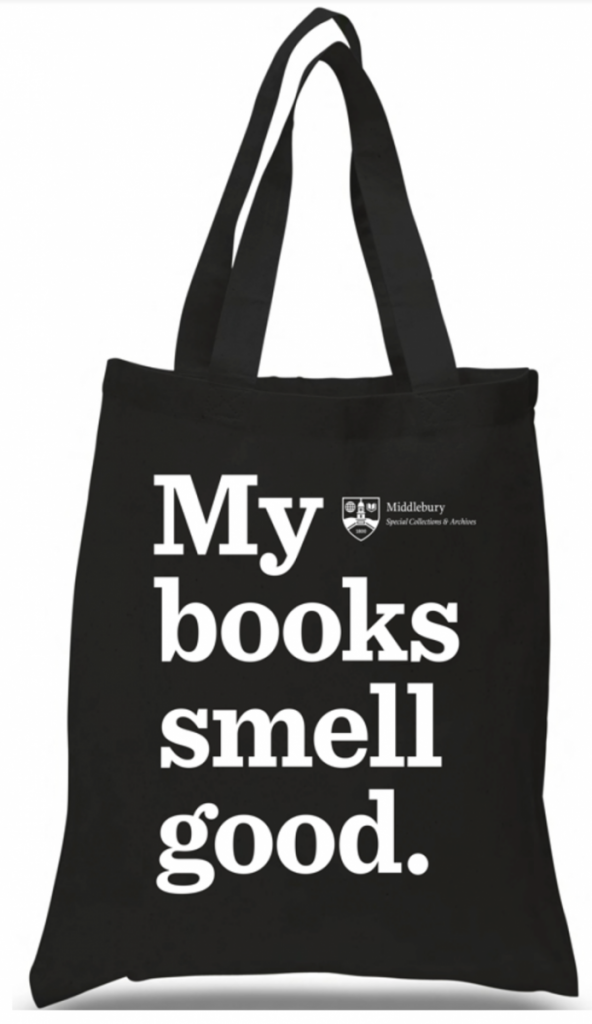One of the nation’s great archival collections of New England folksong and folklore, the Flanders Ballad Collection was the lifework of Helen Hartness Flanders (1890-1972), of Springfield, Vermont.
Over the course of thirty years, Helen Flanders gathered and preserved more than 4,800 field recordings of New England folksongs and ballads as sung by native Vermonters and other New Englanders.
As the weather turns nippy and the days shorter, here is a bit of historical audio. Recorded on July 21, 1946, here is Asa Davis from Milton, Vermont, singing the folk ballad he called, “Young Charlotte.”
Here’s a little more about “Young Charlotte,” starting with the various titles it was known by:
Fair Charlotte
The Frozen Girl
A Corpse Going to a Ball
Based on a poem (and possibly a true story) by the Maine-based writer Sheba Smith (1792 – 1868), “Young Charlotte” is a cautionary tale about a young girl who refused to cover up her party dress en route to a winter ball. When her horse-drawn carriage arrives, Charlotte’s fiancé discovers that she has frozen to death along the way. Here is one version of the lyrics, thanks to the Maine folk music site https://mainlynorfolk.info:
Young Charlotte lived by the mountain side, in a wild and a lonely spot;
Not a dwelling house for five miles around, except her father’s cot.
Yet on many a winter’s eve, young swains would gather there
For her father kept a social board and she was very fair.Her father loved to see her dressed, fine as a city belle,
For she was the only child he had and he loved his daughter well.
‘Twas New Year’s Eve, the sun went down, wild looked her anxious eyes
Along the frosty window pane to see the sleighs pass by.At the village inn, fifteen miles round, there’s a merry ball tonight.
The air is freezing cold above, but the hearts are warm and light.
And while she looked with longing eyes, then a well-known voice she hears,
And dashing up to the cottage door, young Charlie’s sleigh appears.Her mother says, “My daughter dear, this blanket round you fold.
For it’s a dreadful night abroad, you’ll take your death out cold.”
“Oh no! Oh no!” young Charlotte said and she laughed like a gypsy queen,
“For to ride in blankets muffled up, I never could be seen.“My silken coat is quite enough, ’tis lined you know, throughout,
And then I have a silken scarf, to tie my face about.”
Her gloves and bonnet being on, she jumped into the sleigh
And away they ride over the mountainside and o’er the hills away.There’s merry music in the bells, As o’er the hills they go;
For the creaking rake the runners make, As they bite the frozen snow.
Then o’er the hills and faster o’er, and by the cold starlight
When Charles in these frozen words at last the silence broke.“Such a night as this I never knew, My reins I scarce can hold.”
Young Charlotte said With a trembling voice, “I am exceeding cold!”
He cracked his whip which urged his steed much faster than before,
And then the other five miles ’round in silence were rode o’er.“How fast,” says Charles, “the freezing ice is gathering on my brow.”
Young Charlotte said with a trembling voice, “I am growing warmer now.”
Then o’er the hills and faster o’er, and by the cold starlight
Until they reached the village inn, And the ballroom was in sight.They reached the inn and Charles sprang out and giving his hand to her,
“Why sit you like a monument what have no power to stir?”
He called her once, he called her twice, but yet she never stirred.
He called her name again and again, but she answered not a word.He took her hand in his, O God, ‘t was cold and hard as stone;
He tore the mantle from her brow and the cold stars on her shone.
Then quickly to the lighted hall her lifeless form he bore,
For Charlotte was a frozen corpse and a work spake never more.He threw himself down by her side and the bitter tears did flow.
He said, “My young intended bride I nevermore shall know.”
He flung his arms around her neck and kissed her marble brow,
His thoughts went back to the place she said, “I’m growing warmer now.”He bore her out into the sleigh and with her he rode home,
And when they reached the cottage door, oh, how her parents mourned!
They mourned for the loss of their daughter dear and Charles mourned o’er the gloom,
When Charles’ heart with grief did break—they slumber in one tomb.

